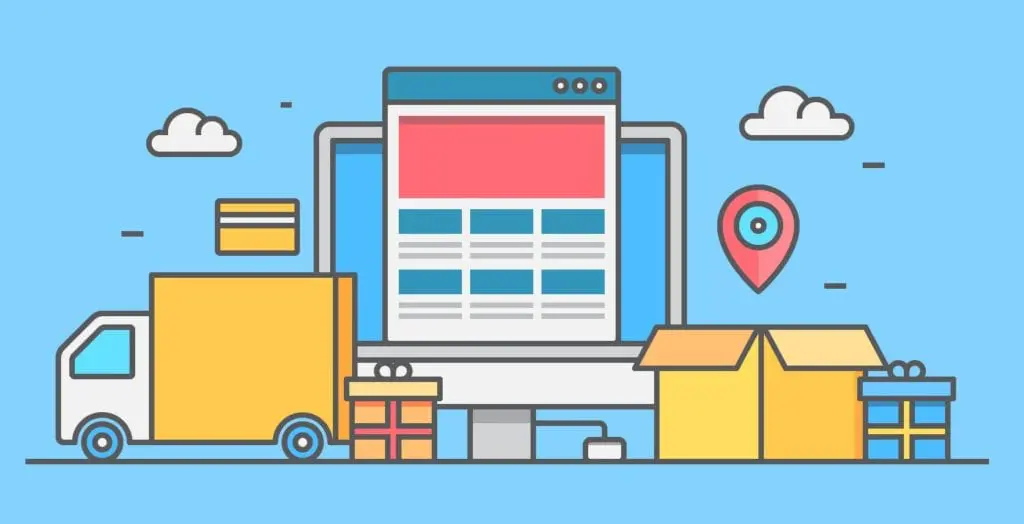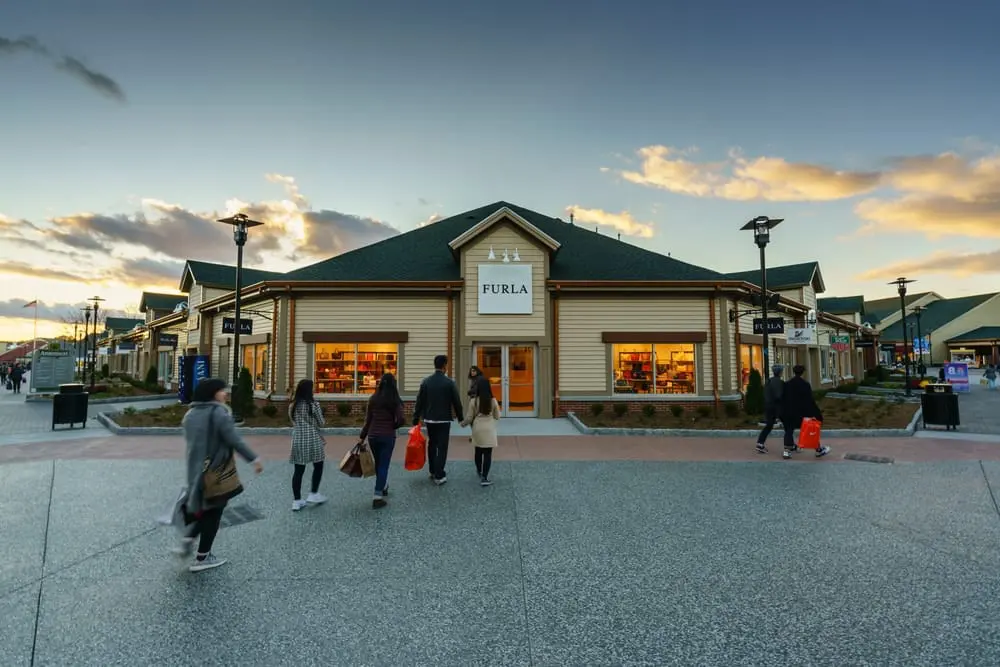If the disruptive influence of eCommerce has taught retailers anything, it’s that simply maintaining the status quo and hoping that online competitors prove to be a flash in the pan is not a strategy that will work. In fact, it’s often the road to bankruptcy.
Now that online retail has come calling on the consumer packaged goods sector, it’s time for CPG brands to offer a distinct and compelling identity that turns consumers into fans. Rather than burying their heads in the sand, as caused the likes of Sears and Brookstone to go under in 2018, CPG companies must highlight and amplify the unique traits that bring customers to their brand and keep them coming back for more.

Any brand capable of translating these qualities to the online space stands a much better chance of winning new customers, retaining existing buyers, and making a successful transition to eCommerce retail.
Why CPG Brands Need to Change
Unsurprisingly, the consumer packaged goods sector has got packaging and point-of-sale (POS) promotions down to a fine art. Alongside competitive pricing, CPG brands rely heavily on the effectiveness of their package designs and POS displays to attract attention and drive sales from the shelf.
Unfortunately, many of these techniques will not work when it comes to eCommerce.
Attention is at an even higher premium online. Banner ads, clickable links, social networks and more all add near-constant distractions to the equation.
Furthermore, price competition is even more aggressive online. Your product isn’t just competing with others available in the same store. Competitors from around the world are also looking to make the sale, at least on third-party seller sites like Amazon or eBay, making it difficult to compete on price alone and very hard to stand out.
The result is that what has worked in the past for firms in the consumer packaged goods business will need to be significantly adjusted as eCommerce takes hold.
For that reason, now is the time for CPG brands to start standing out from the crowd, with fresh approaches to selling their popular products and thoughtful translation of the qualities that already make them special.

What Can CPG Brands Do to Differentiate Themselves?
Despite the clear challenges presented by eCommerce, it’s still possible to stand out online. In fact, there are plenty of brands in other industries blazing a trail across this new retail landscape. CPG brands can follow their example and apply the lessons of those companies to their own sector.
In previous articles this year, we’ve covered the rise of direct-to-consumer (DTC) brands and the benefits of the Be Your Own Retailer approach.
These are the foundations on which CPG brands can build their eCommerce offering. On a more functional level, let’s take a quick look at some of the specific tactics recommended to differentiate a CPG brand in the online environment.
Virtual Store
One of the key underpinnings of all DTC success stories is an online store; a digital space to sell that’s easy for customers to use and which represents every aspect of the brand. Effective implementation of the latter serves to distinguish the product from third-party sellers, where competing items are inevitably presented to buyers and no clear brand experience is delivered.
A CPG brand’s own online store gives space to describe the product in detail, offer multimedia content to explain its benefits, and brings the ability to personalize offers.
This final point is also key, as personalization plays an important role in delivering a unique brand experience. It also helps a brand to understand what its customers want, which in turn enables the company deliver relevant and timely promotions that their fans will enjoy.

Augmented Reality (AR)
Not all of the bricks-and-mortar shopping experience can be replaced by online channels, but AR can help fill in some of the gaps. The look and feel of some product types is important to customers, so technology is moving to bring those aspects to life in the digital space.
Virtual stores can be extended, for example, to include “digital dressing rooms” that allow customers to see how a product looks on them, in their home, or any other environment that can be digitally replicated. That concept can easily be extended to the daily use of certain CPG brands.
Similarly, AR would provide a cost-effective way to look at different types of product packaging, promotional displays, and any other aspect of physical retail that are visually stimulating. Augmented reality can even boost the in-store experience, providing additional product details, promotions and alternatives via our device’s screen when the shelf space is limited.
For a closer look at this technology, read Hubspot’s interesting piece on five ways AR is impacting the retail sector.
Customization for Consumers
In many ways, customization could be the most important aspect for CPG brand differentiation.
The mass market approach, rooted in brand-driven pricing and product options, is being fragmented every day by modern consumers. Empowered by the ability to communicate directly with brands via social media channels, in full view of other engaged consumers, the power balance has shifted.
Any CPG brand that fails to acknowledge this trend is unlikely to deliver the kind of customization that their next generation of buyers expects.
Product lines will need to cater to a greater number of niche interests, with some “on the fly” customization required as buyers voice their opinions in real time and influence the development of new products even after they’re launched.
This kind of focused specialization and catering to niche buyers requires a flexible supply chain solution, comprised of service partners willing and able to adjust operations at short notice, as well as handling production runs for products that scale rapidly but might have a relatively short lifespan.
Brand Collaborations
The additional demands and increased expectations of consumers in every sector means that CPG brands will need to deliver a very different customer experience in the years to come. Some of this will be achievable in-house, with new talent and fresh ideas coming on board.
For some, however, it will pay to look outside the organization.
Strategic partnerships with other brands that offer specific expertise in unfamiliar sectors will help CPG brands make the transition to eCommerce retail. This particular requirement will fall to executives at various levels to deliver.
At the strategic level, the C-suite needs to identify and pursue the kind of partners that open up new routes to market and provide capabilities that further the CPG brand’s overall mission. This should, ideally, result in a diverse network of multi-sector partners able to quickly move initiatives from concept to consumer.
Once those partnerships are in place, brand managers will need to bring them together in cross-functional teams to deliver customized experiences that other CPG brands can’t replicate, at least not without significant effort and expense. These managers will be crucial to bridging the gap between ideas and execution, with established networking skills and new media experience top of the list of abilities that will increase the chances of success.

Regional Events and Pop-up Promotions
One of the easier aspects of differentiation for CPG brands to deliver will be experiential marketing. Promotional activities rooted in real-world activities, such as attending locally-focused events and running pop-up stores, aren’t so far removed from the traditional marketing initiatives that CPG firms already employ.
However, these kinds of events will need to be updated for the online world if they are to drive eCommerce sales.
Integration with ongoing social media campaigns and giving participants the ability to share their experience online are two essentials that would not normally be the central focus for CPG brands, for example.
Real-world promotions – and indeed all physical retail locations – must now always be designed with the company’s online assets in mind. Whether the goal is to drive sales, raise awareness, or increase the CPG brand’s digital following, the opportunity to engage potential buyers online and turn them into fans of the brand is now too valuable to brush aside. It most cases, driving online activity and sales will be the central focus of real world events and promotions.
As a final point, it’s also worthwhile for large CPG brands to consider newer digital native startup brands that would make sensible targets for acquisition. This can help to fast track key elements of an eCommerce play, as we’ve seen with Walmart’s acquisition of Jet.com and Petsmart buying the pet subscription box startup Chewy.
Given the right circumstances, the expertise, brand value, and technological insights that come with strategic acquisitions could help lagging CPG brands jump to the front of the pack.
In summary, despite its relatively slow intrusion into the world of consumer packaged goods, eCommerce is now making its presence known and is here to stay. Its impact on the future of CPG retail is becoming clearer.
Consumer packaged goods companies must start work on differentiating their brand with seamless online ordering and eCommerce experiences that reflect the best aspects of the brand.
